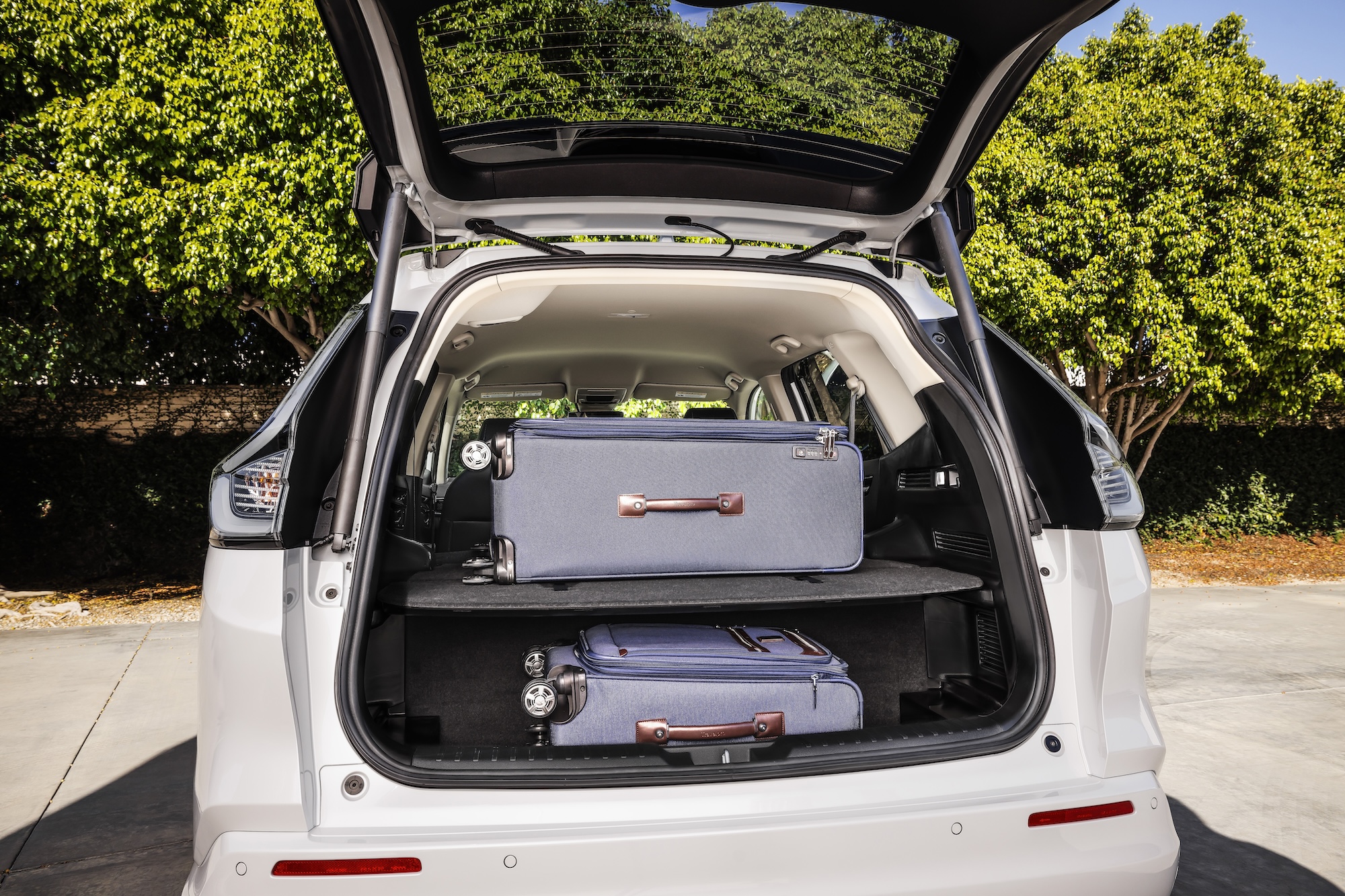Similar to the chicken and egg dilemma faced by battery-electric cars two decades ago, hydrogen fuel cell cars are grappling with a similar conundrum. Potential buyers are hesitant to invest in fuel cell vehicles without an established supporting infrastructure, yet it’s challenging to develop infrastructure without a demand for fuel cell vehicles.
Honda, however, is taking a strategic long-term approach towards addressing this issue. The company has set a lofty goal of selling only zero-emission vehicles by 2040, including a mix of battery electric and fuel cell vehicles. By 2050, Honda aims to be a net-zero carbon emissions company, encompassing all its products and facilities.
To achieve these ambitious targets, Honda is diversifying its investments in both the development of fuel cell vehicles and the necessary infrastructure. One of the key initiatives is the introduction of the 2025 Honda CR-V e:FCEV – a hydrogen fuel cell vehicle that will soon be available for lease in California despite the limited hydrogen infrastructure in the region.
Furthermore, Honda’s strategy towards hydrogen involves exploring various applications of second-generation fuel cell technology, including consumer and commercial vehicles, stationary power stations, and construction machinery. By expanding the demand for hydrogen through diverse applications, Honda aims to stimulate the growth of infrastructure to support the hydrogen economy.
In the words of Jay Joseph, VP of Sustainability and Business Development at Honda, “We are doing this to advance the hydrogen economy, because somebody has to.” The 2025 Honda CR-V e:FCEV is a pivotal component of Honda’s comprehensive hydrogen strategy, with the company also testing other applications such as a hydrogen-powered generator and a fuel cell semi-truck.
A Revolutionary Honda CR-V
Image Credits: Honda
Honda’s venture into hydrogen fuel cell technology dates back to 2003, with the release of the fleet-only FCX. Over the years, Honda has continued to refine its fuel cell vehicles, culminating in the 2025 Honda CR-V e:FCEV. This innovative vehicle integrates a hydrogen fuel cell with a 17.7 kWh battery, providing 29 miles of all-electric range, positioning it as a plug-in hybrid.
The inclusion of a battery backup in the e:FCEV serves as a pragmatic solution to the volatility of hydrogen supplies. By offering an alternative power source, Honda aims to enhance the efficiency and practicality of fuel cell vehicles, particularly for short distances common among users.
Driving the Future
The 2025 Honda CR-V e:FCEV is powered by an electric motor delivering 174 horsepower and 229 pound-feet of torque, offering versatile driving modes including EV-only, hybrid, and hydrogen-assisted operation. The vehicle boasts a range of 270 miles when fully charged and fueled, with convenient charging options for the battery.
During a test drive at Honda’s headquarters, the e:FCEV performed excellently in hybrid mode, showcasing a seamless transition between power sources. The vehicle’s customizable driving modes and regenerative braking features enhance the overall driving experience, mirroring the performance of traditional EVs.
Despite the technological complexity under the hood, the e:FCEV drives like a conventional EV, emphasizing Honda’s commitment to user-friendly innovation and sustainability.
Unveiling the Power of Fuel Cells
The functionality of the CR-V’s fuel cell technology can be likened to a romantic chemistry experiment between hydrogen and oxygen. As these elements combine within the fuel cell, they generate energy that powers the electric motor, propelling the vehicle forward in a clean and efficient manner.
By harnessing the energy produced through this chemical reaction, Honda has unlocked a sustainable and eco-friendly power source, paving the way for a greener automotive future.
Exploring the Future of Mobility

The Honda CR-V e:FCEV is on the left, while the standard Honda CR-V hybrid is on the right. Image credits: Emme Hall
The exterior of the e:FCEV retains the aesthetic appeal of the standard CR-V with subtle design enhancements to distinguish it as a hydrogen vehicle. Inside, the vehicle incorporates eco-friendly materials and cutting-edge technology, offering a premium driving experience with features like wireless charging, advanced connectivity options, and a suite of driver’s aids.
While the cargo space is slightly impacted by the hydrogen tank, Honda has cleverly optimized the storage area to accommodate practical needs and ensure convenience for users. The inclusion of a two-tiered design and movable panel adds versatility to the cargo space, demonstrating Honda’s commitment to user-centric design and functionality.

Image Credits: Honda
With the 2025 Honda CR-V e:FCEV set to debut in California this summer, Honda is at the forefront of the hydrogen fuel cell revolution, offering a sustainable and innovative driving solution for environmentally-conscious consumers. As Honda continues to push the boundaries of automotive technology, the e:FCEV represents a significant step towards a greener and more efficient future in mobility.


